环境DNA测序
有效的生物监测工具
环境DNA(eDNA)测序是一种迅速兴起的方法,可研究生物多样性并监测生态系统的改变。生物会将DNA释放到其周围环境中,eDNA分析可在不破坏生态系统的情况下检测物种是否存在。eDNA潜在的应用有港口监测、生物多样性调查、压载水检测、土壤检测等。
现代的环境DNA测序方法可鉴定水、土壤和其他样本中的细菌和真核物种。将来,eDNA测序有望成为生物监测和保护的重要工具。
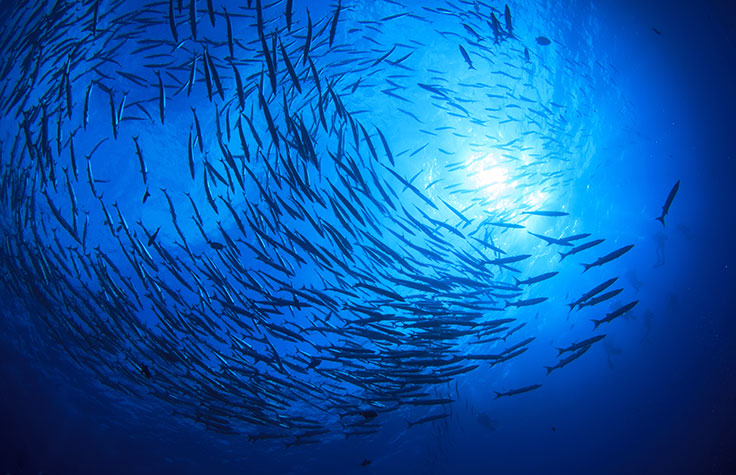
环境DNA测序的优点
研究环境DNA的科学家通需要在不知道物种类型或丰度的情况下,分析样本中每个物种痕量的DNA。利用新一代测序(NGS),您可以在一个样本中同时分析数千个物种。NGS的灵敏度可以检测环境中含量非常低的eDNA。
相比之下,自然环境的物理调查需要人工收集数据并可能造成破坏。细菌克隆和桑格测序等传统的DNA方法仅提供简单且有限的信息。这些方法耗时且昂贵,并且不能有效处理大量或复杂的样本。

“I think that eDNA could develop into one of the most powerful biomonitoring tools and become even more useful as the field matures.”
Michael Bunce, PhD
Professor in the School of Molecular and Life Sciences and Head of the TrEnD laboratory at Curtin University in Perth, Western Australia
环境DNA测序方法
对于某些样本类型,使用环境DNA测序方法的组合有助于揭示生态样本中完整的多样性信息。
eDNA宏条形码
每种生物都具有独特的DNA序列,或其相关的条形码。这种DNA条形码是保守基因组区域之间的高度可变区域。eDNA宏条形码涉及这些条形码的靶点特异性扩增和测序,通常是线粒体细胞色素氧化酶1(CO1)或18S核糖体亚基。这是区分高等真核生物的有效方法。
16S和ITS宏基因组学
环境宏基因组学通常依赖于16S或内部转录间隔区(ITS)rRNA基因的测序,它们分别用于检测细菌和真菌。16S和ITS rRNA基因测序是成熟的比较样本系统发育和环境样本分类方法。
了解更多长片段PCR
长片段PCR可用于扩增大DNA序列,例如线粒体基因组。这些较长的DNA序列可在较小的DNA条形码不可用时帮助区分物种。此方法适用于对未被环境降解的DNA进行测序。
Environmental DNA and Metabarcoding
Metabarcoding promises to be a complementary alternative to existing methods for environmental surveys, enabling researchers, governments, and industry to make informed choices around conservation, environmental impact assessment, and more.
This webinar reviews recent research and validation experiments demonstrating the power of metabarcoding for a range of potential applications.
View Webinar
Environmental DNA Sequencing Articles

eDNA Sequencing Offers a Powerful View of Biodiversity
Michael Bunce uses next-generation sequencing and eDNA metabarcoding to study ecosystem biodiversity.
Read Interview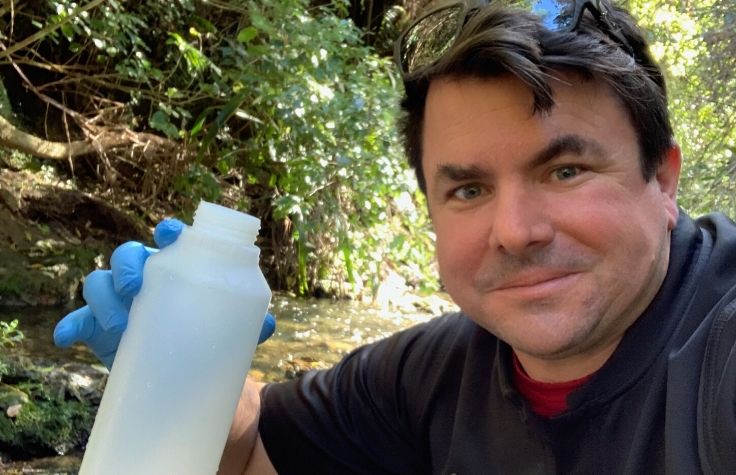
Sequencing the Seas
Professor Bunce takes us on an environmental DNA excursion as he explores the many facets of eDNA in the ocean.
Read Article
Earth BioGenome Project Builds Foundation to Sequence Life
The project aims to create a digital backbone of sequences from the tree of life that will serve as critical infrastructure for biology, conservation, agriculture, medicine, and the growing global bioeconomy.
Read Article环境DNA分析需要考虑的问题
- 生物体以不同的速度释放DNA,这会影响环境样本中相对丰度的测量。
- 由于存在温度以及其他因素,环境DNA可能会被降解。
- 物种特异性DNA条形码的可用性取决于已有数据库的质量。
- 某些环境DNA的采样、提取和储存方法比其他方法更易受污染。
- DNA提取方法应针对样本类型和目标物种进行优化,确保能检测低丰度的物种
- 策略检测设计对实现选择性富集特异性靶点,避免物种间的交叉反应极为重要。
扬帆七海的史诗级浮游生物研究
Tara Oceans Expedition集结了一组研究人员,收集并分析了数百个海洋样本。
Explore the NextSeq 2000
The NextSeq 2000 empowers sequencing for high-throughput applications. With over 75 updates, this system offers dry instrumentation, easier run setup, and fast second run analysis with DRAGEN software onboard. Experience our simplest workflows yet, and explore the possibilities that exome sequencing, target enrichment, single-cell profiling, and transcriptome sequencing enable.
Learn More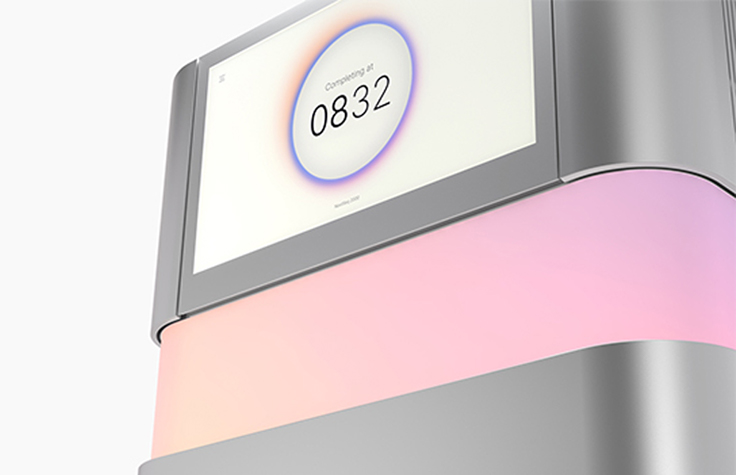
环境DNA测序方案
这些向公众开放的方案支持多种环境DNA分析方法,从16S宏基因组学到eDNA宏条形码。
Featured Products
相关解决方案
目标富集

目标富集通过与目标特异性生物素标记的探针进行杂交来捕获感兴趣的基因组区域,然后再通过磁性pulldown进行分离。
深入了解目标富集环境宏基因组学
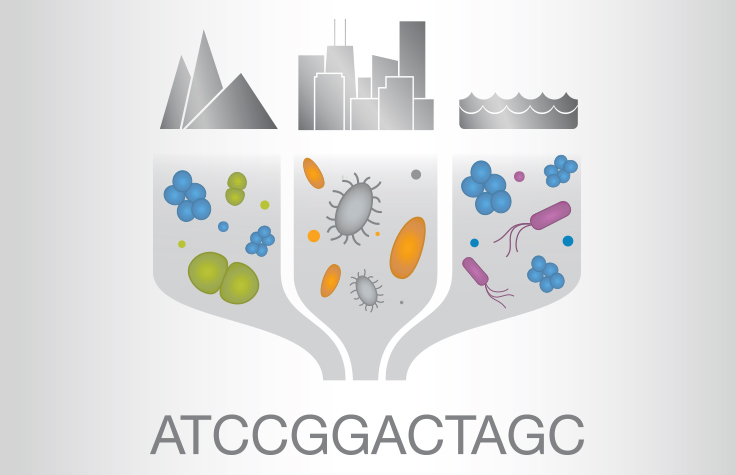
利用NGS,环境研究人员可通过复杂样本分析整个微生物群落,发现新物种,探索变化条件下的微生物群落。
深入了解环境宏基因组学测序服务

这些Propel认证的实验室能够提供经过验证的Illumina NGS技术。它们提供多种测序服务。
查找服务提供商Plant and Animal Sequencing
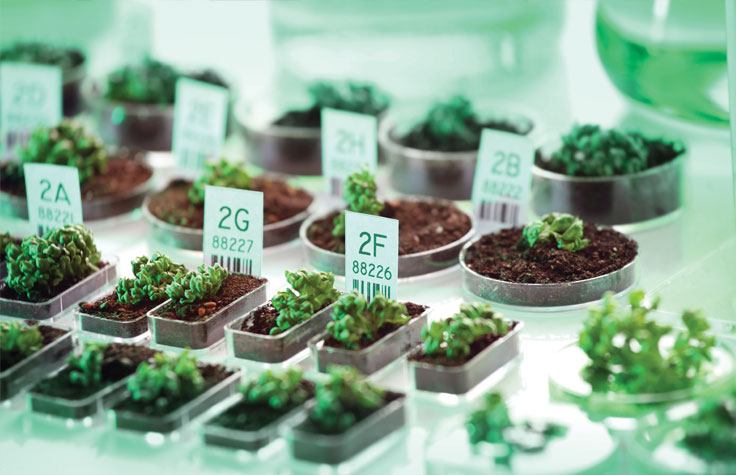
NGS technology can be used for soil and agricultural metagenomics, targeted resequencing, and other plant and animal sequencing applications.
Learn more about plant and animal sequencing